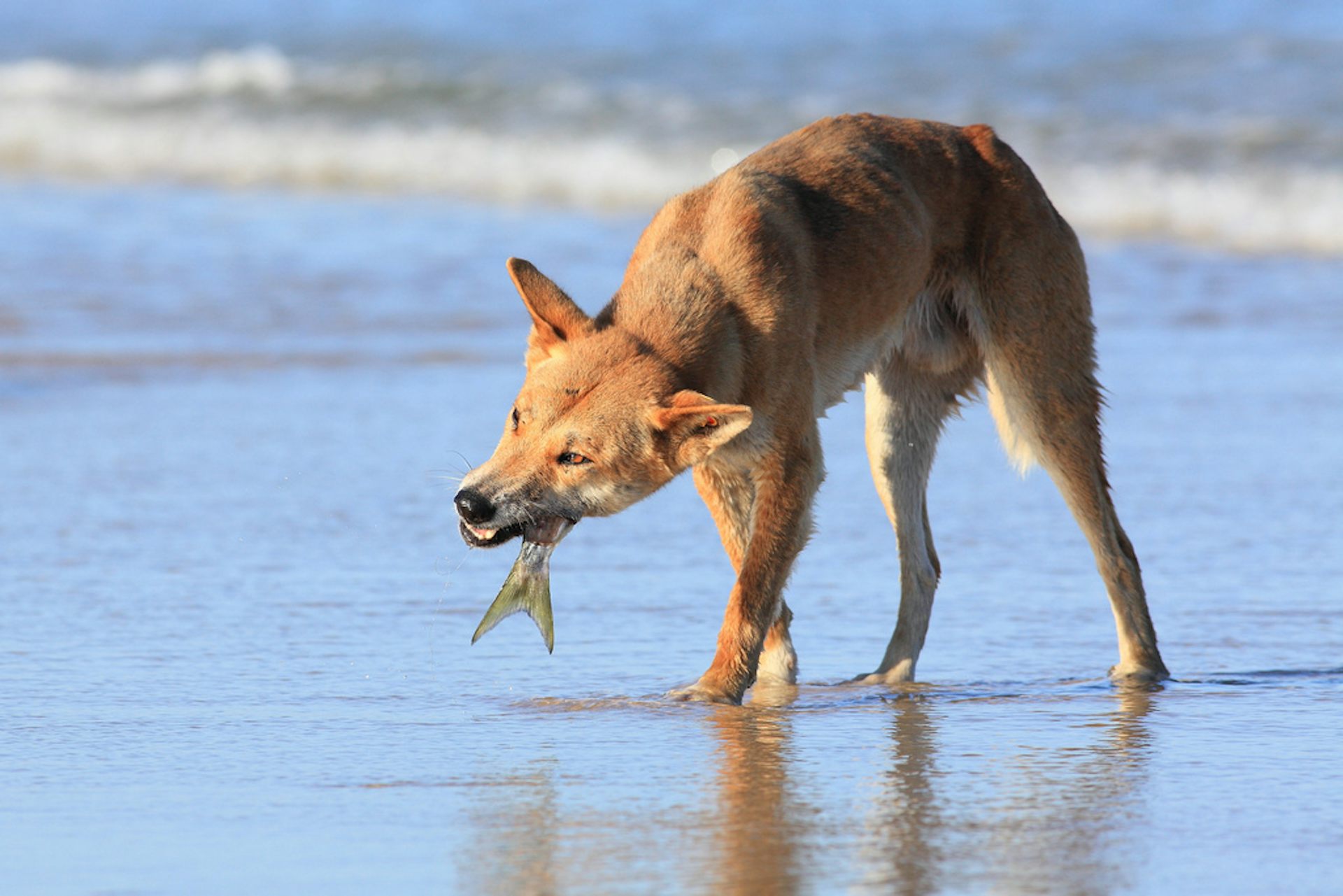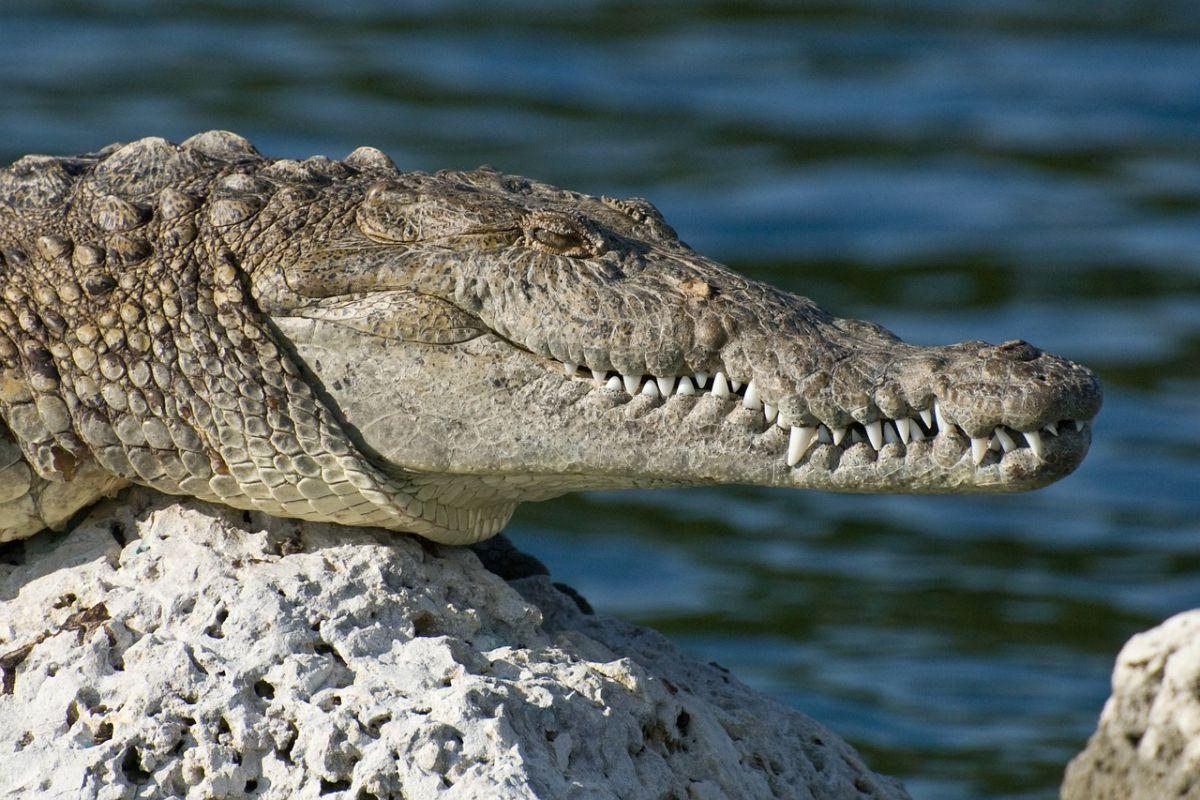

Cougars live in many different habitats, from swamps to mountain forests. Read more about the jaguar…Ĭougar ( Puma concolor) – also called a puma, panther, mountain lion and catamount. Jaguars primarily Inhabit rainforests, with a preference for swampy and wooded areas. They have a similar appearance to leopards, with cream to yellow/orange fur and spots called rosettes.

It is the largest cat species in the Americas. Jaguar ( Panthera onca) – is native to Central and South America. Central American Wild Cat Species Big Cats The area has an abundance of species and ecosystems, and is considered a “ hot spot” because of the numerous threats to its biodiversity. Between the mountains are extremely fertile valleys.

There are many mountain ranges in Central America, including the Sierra Madre de Chiapas, the Cordillera Isabelia and the Cordillera de Talamanca. More About Central AmericaĬentral America is surrounded by the Pacific Ocean (southwest), Caribbean Sea (northeast) and the Gulf of Mexico (north). They can be found throughout the region’s seven countries: Panama, Costa Rica, Nicaragua, Honduras, El Salvador, Guatemala and Belize. īy U.S.The wild cats of Central America include the jaguar and cougar/puma (big cats), and four smaller wild cats – the jaguarundi, margay, ocelot and oncilla. Department of State’s signature program to produce innovative solutions to wildlife trafficking, visit. Department of State (through INL and OES) plays an important role in the development and implementation of programs, partnerships, and policies around the world that counter wildlife trafficking.įor press inquiries, please contact For more on the U.S. Bernicat, Principal Deputy Assistant Secretary of State for Oceans and International Environmental and Scientific Affairs (OES), will host a showcase of speakers featuring innovative solutions to conservation challenges. Recognizing the strong ties between wildlife trafficking and other forms of transnational crime, Kirsten Madison, Assistant Secretary of State for International Narcotics and Law Enforcement Affairs (INL), will host a roundtable February 28 to discuss next steps for making an impact on global wildlife crime. Department of State is proud to work closely with interagency partners, foreign governments, NGOs, and the private sector around the world to protect wildlife and ensure these species continue to thrive in the wild for generations to come. Wildlife has ecological, social, economic, and cultural value, and its conservation is important to sustainable development and human well-being. This year will mark the sixth anniversary of World Wildlife Day, and for the first time will highlight marine species and the unique threats they face.

The United Nations established March 3 as World Wildlife Day to raise awareness of the world’s wild animals and plants. US expert visits El Salvador for the Global Entrepreneurship Week.Duncan at the Forum on “Promoting Innovation and Economic Growth” Duncan at the Energía del Pacífico Anniversary Duncan at the Launch of Two New Partnerships with Good Neighbors Duncan at the Launch of the Observatory on Violence against Politically Active Women International bidding process for Public Private Partnership for lighting and video surveillance on selected road sections begins.Girls and Women Make Educational Gains through MCC’s El Salvador Investment Compact.Agroinnova San Salvador awards outstanding entrepreneurs.Aurora, Colorado, and Ilopango, sign sister city agreement.More than 300 Salvadorans celebrated U.S.


 0 kommentar(er)
0 kommentar(er)
